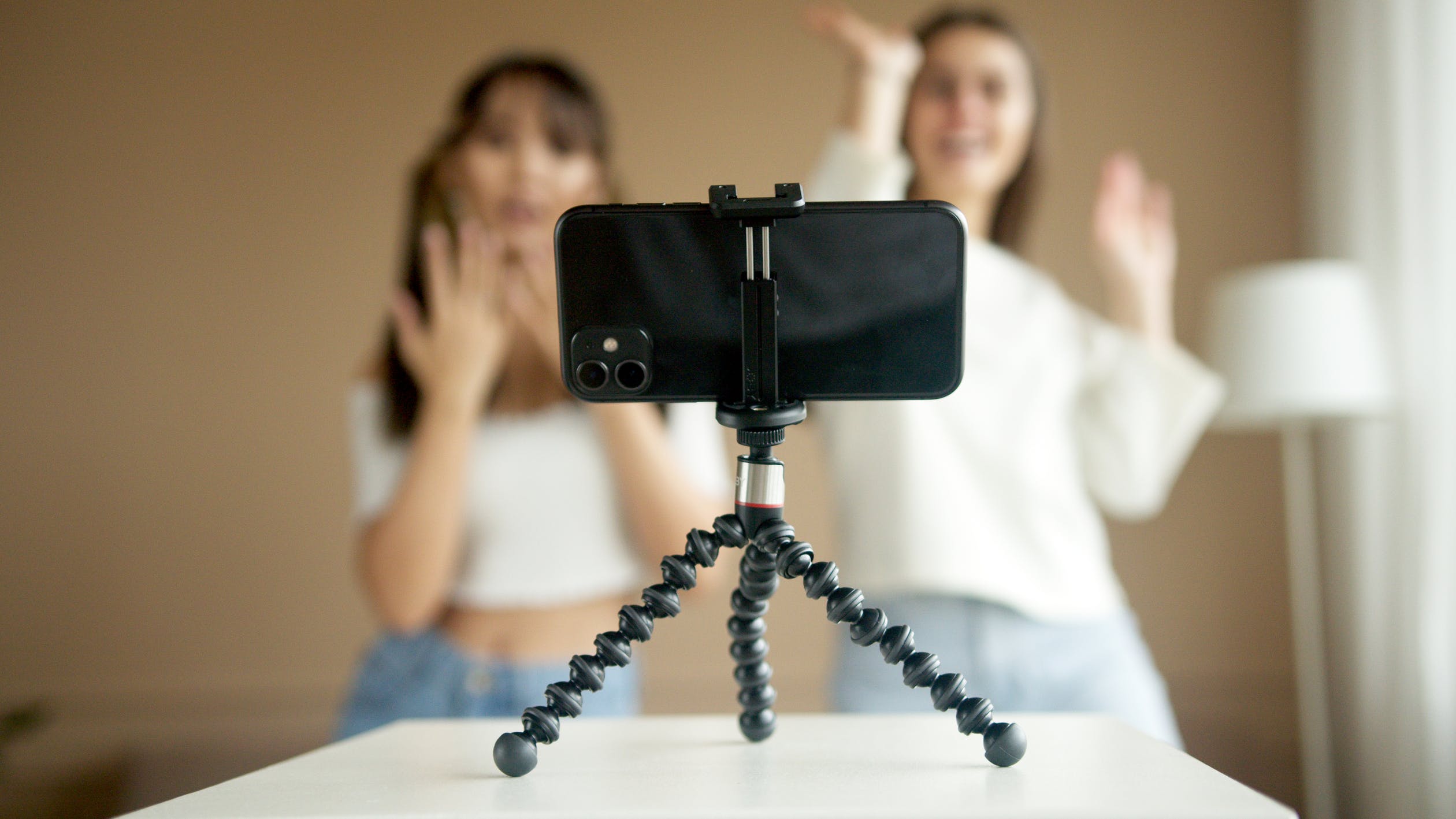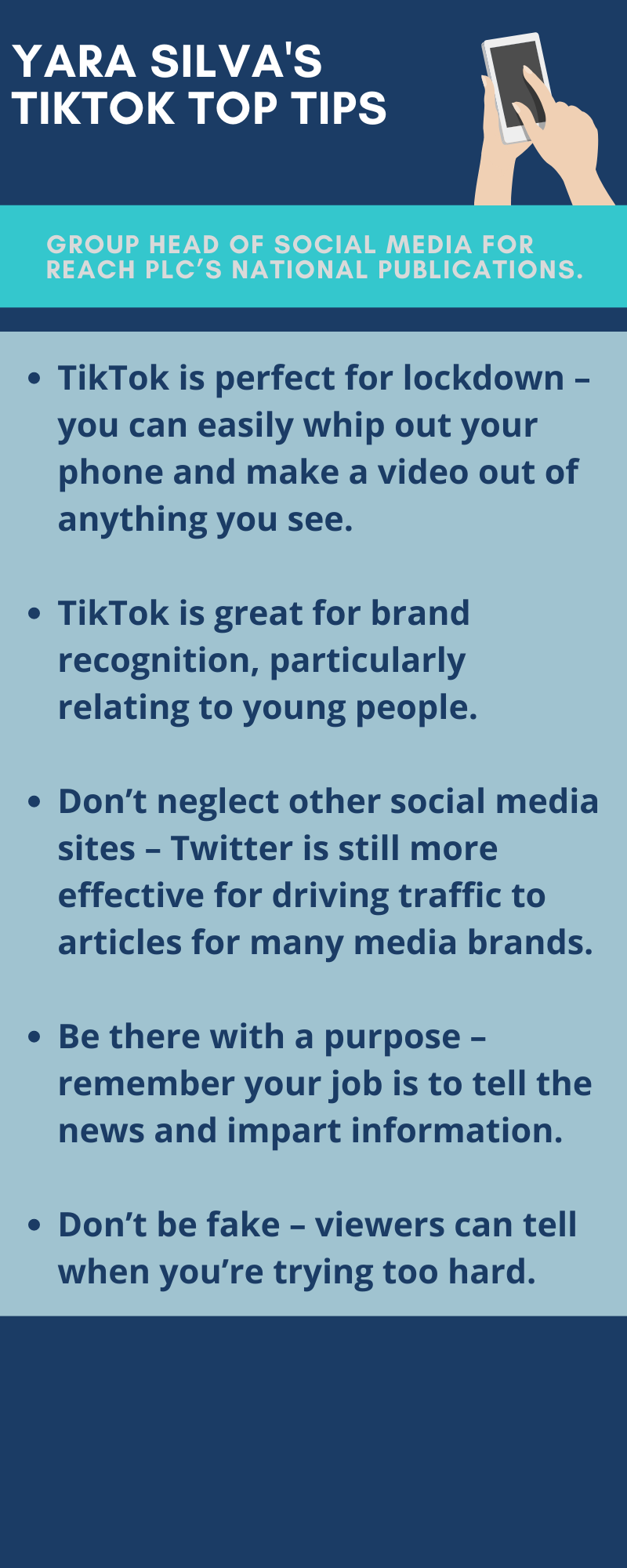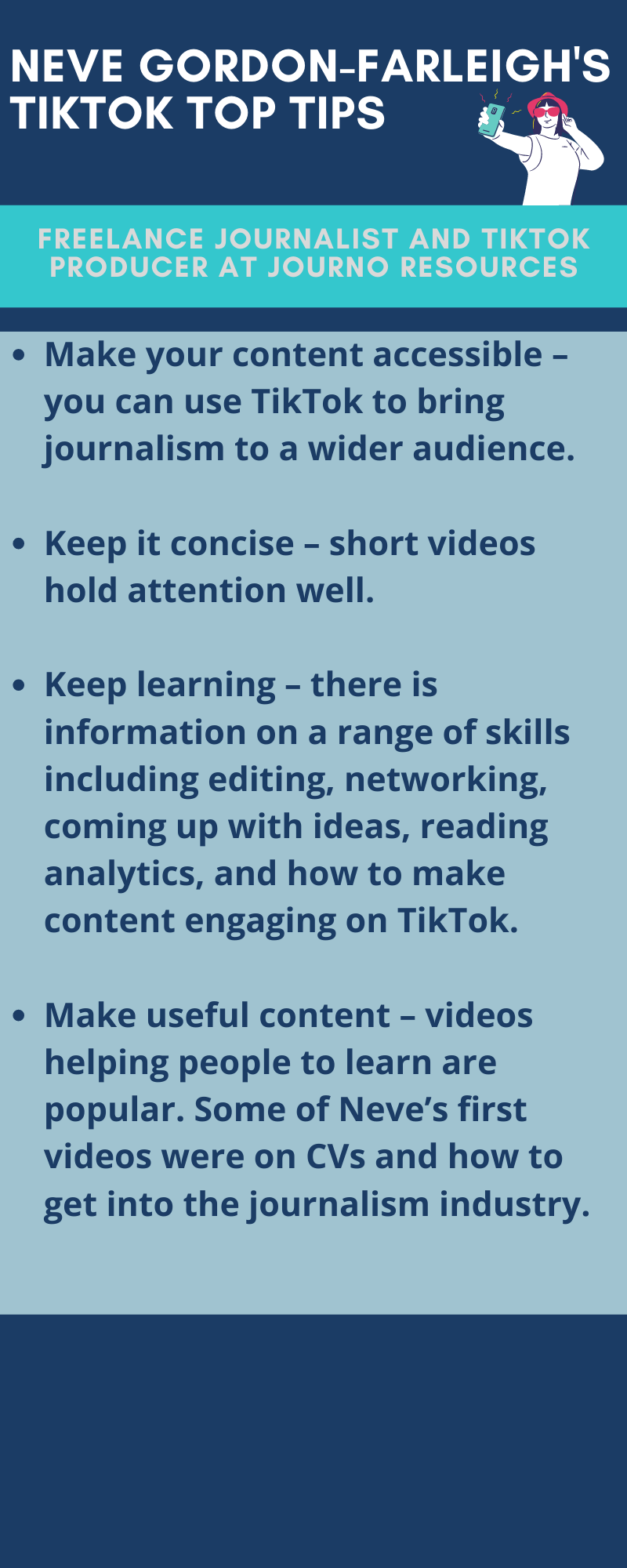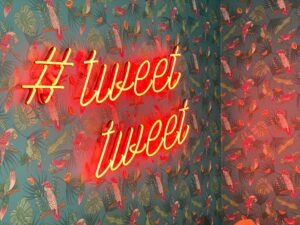
Image: Pexels
Simone Fraser speaks to social media experts about how to master TikTok journalism.
If you haven’t stumbled across the new internet phenomenon that is TikTok, I’m slightly jealous. Millions of young people have been caught in the snare of the social media app – 689 million users every month, to be precise.
Catered to reduced attention spans, TikTok is filled with videos, which are usually between 15 seconds and a minute in length. It’s far too easy to get sucked down a content hole only to emerge, blinking, two hours later.
But this social media app isn’t just for fun. Businesses and brands are increasingly using TikTok to connect with new, younger consumers – and media outlets are no different. The Daily Mail has a TikTok account with 2.1 million followers and 83 million total likes on their videos. Across the pond, The Washington Post has 38 million total likes and nearly a million followers.
@dailymailSuch sad news #dtatdm #dailymail #queenElizabeth #corgi #learnontiktok #news #learnwithme #royals #theroyals #puppy #dogsoftiktok ♬ Will to Live – Jacob Yoffee
XCityPlus spoke to two TikTok experts to find out how journalists can use the platform to harness its full potential.
Yara Silva is group head of social media for Reach plc’s national publications. She’s responsible for social media for the Daily Mirror, Daily Express, Daily Star, and OK!, and is an alumna of the MA Magazine Journalism course at City.
@ok_magThey couldn’t be more in #love! #KatiePrice and her new man, Carl, on an exclusive OK! #photoshoot ❤️📸 #celebrity #fy #viral #foryoupage♬ Walk The World – Anelda
Silva feels that TikTok is a great way for brands to connect with young people.
“It’s definitely about brand recognition and having a presence. A lot of publishers are looking for younger audiences, so TikTok is a really good place to get that. At the moment it’s pretty limited to storytelling in short video clips, but I think, and I hope, that eventually, we’ll be able to link back to websites from TikTok to drive a bit of traffic as well.
“Often publishers can’t justify investment unless they see it’s driving page views or it’s building a really significant audience, which is hard to do on any social media platform. At the moment it’s more about being there, growing your audience, being an established presence, and learning how it works.”
Yara Silva’s favourite journalism TikTok accounts: Washington Post, Daily Mirror, Daily Star, Ok! Magazine, and Gully Burrows.
It’s not just publications that have been using TikTok to connect with a wider audience. Neve Gordon-Farleigh is a freelance journalist who creates content both for her personal TikTok account, @nevethejournalist, and for popular information site Journo Resources. She began making videos in July 2020, specialising in advice on the journalism industry.
She sees the platform as crucial if publications want to make journalism available to everyone.
@nevethejournalistBBC announces the death of the Duke of Edinburgh it shows preparation and protocol in place #princephilip #BBC #news #journalism ib: @alicethejourno♬ original sound – nevethejournalist
She explains: “We want the news to be accessible, and as we’ve seen, a lot of the younger demographic get their news from social media and news apps. If we want to continue to reach a younger audience you’ve got to understand and be on the platforms that they are using.
“I really hope more journalists will use TikTok because it’s an app that’s ever-evolving and growing and building such a diverse and dynamic audience.”
@journoresourcesDid you know, the usage of the word pandemic was increased by 57,000% #journalism #learnontiktok #didyouknow #pandemic #covid19 #fyp♬ Lofi – Domknowz
Neve Gordon-Farleigh’s favourite journalism TikTok accounts: Abbie Dewhurst, Sophia Smith Galer, Emma Bentley, Marcella Whittingdale, SoYouWantToBeAJournalist and Mojo Abidi.

















